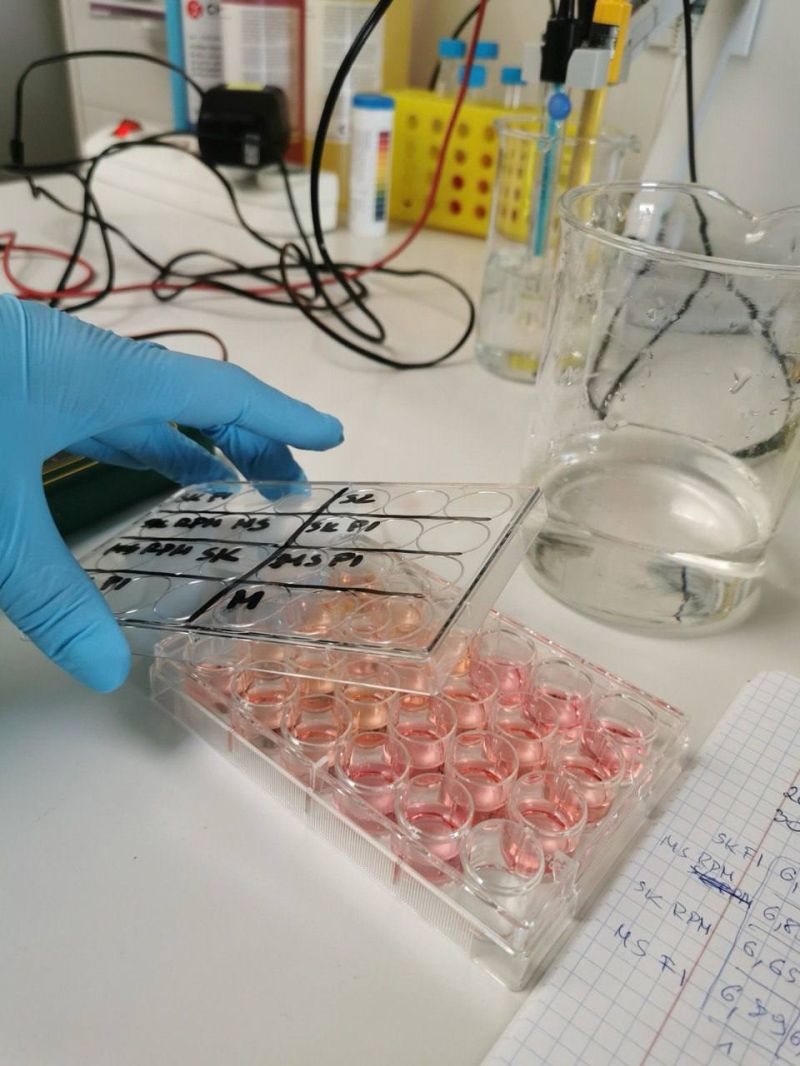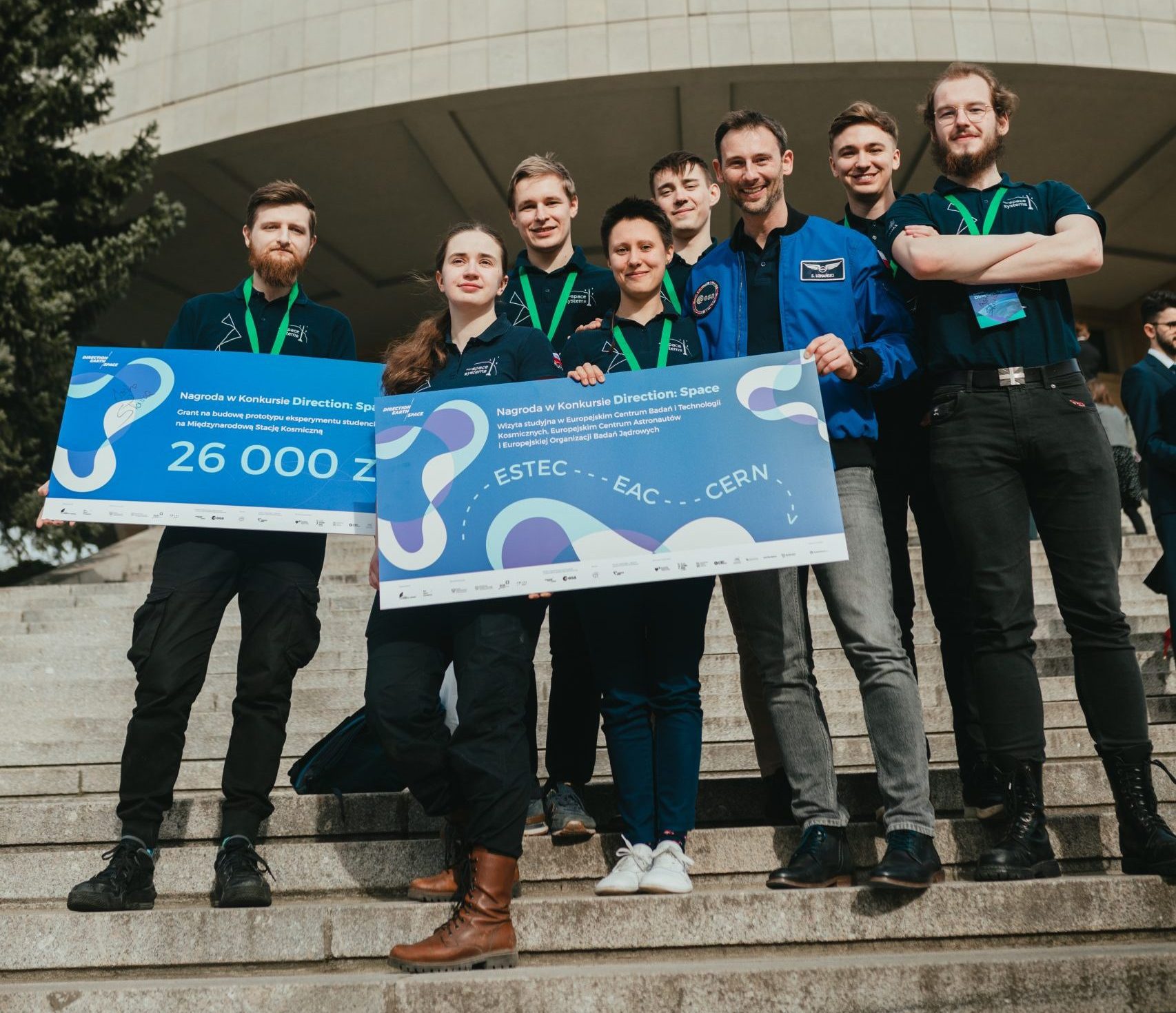


Have you ever wondered how our bodies function in space? How cells adapt to life in microgravity? The answers to these questions could have a huge impact on the future of space medicine and planetary exploration! That’s why we want to tell you about our project GraviTE (Gravity-free Tissue Engineering).
When we started our work, we had two goals in mind – we wanted to investigate how bone cells respond to a special scaffold made of biomaterial under microgravity conditions, and we wanted to participate in the development of gravity-dependent tissue engineering techniques. Thanks to GraviTE, we hope to better understand how cells behave in altered gravity, which is crucial for the health of astronauts and tissue regeneration in space. Our project was inspired by the real-life actions of space agencies – ESA believes that tissue engineering could be key to planetary exploration, and these techniques could also benefit Earth. As you can imagine, simulating microgravity on Earth is a truly cosmic challenge. The devices used for simulation create additional disturbances. Our savior might be the ISS, which provides the opportunity to work in true microgravity, allowing for accurate results. First, we need to develop a device – a bioreactor for cell culture on the ISS and conduct numerous tests. Only then will it be possible to grow cells on a polymer scaffold in a small bioreactor.

The device we have developed will automatically exchange the culture medium and preserve the samples, while also maintaining the temperature and collecting data. After the cultivation in space, the samples will return to Earth and be examined for viability, proliferation, adhesion to the scaffold, and differentiation. The same tests will be conducted on control samples left on Earth under identical conditions. Although there is still a long way ahead of us, we are extremely excited about the initial successes of our project. Not long ago, the project was chosen as one of the three winners of the Direction: Space competition, initiated by Polish astronaut Dr. Sławosz Uznański, with the organizers being the Empiria and Knowledge Foundation and the New Space Foundation. Thanks to this, we are one step closer to conducting research in true microgravity conditions! The Balloon and Rocket Experiments Section is still developing the project, which has already contributed to the creation of a master’s thesis. Conducting the study in our earthly conditions is not simple. In the next post, we will tell you what we have already done here on Earth and present our achievements in the project with a more detailed description.
